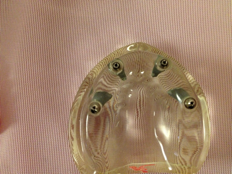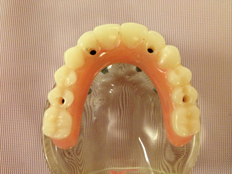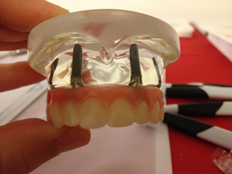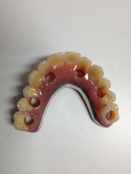Select:
FAQ - Implantology
1. How long does the placement of an implant take?
Replacing a tooth with an implant implies biological healing time, at least three months from tooth extraction to the placement of the whole implant. Observance of the predicted healing time allows avoiding risk factors. But there are exceptions that deviate from these expectations, namely post-extraction implants when the shape of the socket in a newly extracted tooth ensures the right firmness to the implant when inserted in the same surgery session.
2. When is prompt masticatory loading allowed?
Primary stability of the implant right after insertion is critical for the onset of the healing process. When new implants are considered suitable for prompt charge it would be better that these were tightened together, even better if by a metal frame so as not to allow the slightest movement during the period when the temporary tooth is on. The ideal condition in which to perform prompt masticatory load is when most implants are positioned (4 to 6) in order to restore an entire dental arch. It may happen that, in particularly favorable bone conditions, an immediate loading of a single front tooth can also be performed, allowing to restore the aesthetic appearance of the patient.




3. A friend of mine suffered the rejection of all implants. Am I taking the same risk?
The term rejection sounds inappropriate considering that titanium is an absolutely inert material from an immunological point of view. An early failure of an implant, within the first months is surely due to lack of bone integration caused, for exemple, to an overheating of the bone tissue during the surgical procedure; even a non optimal stability due to a bone too soft can lead to an implant failure. Even if a failure can seem unpleasant in a patient that had previously been considered suitable for an implant procedure, this event only involves waiting some time for healing and a new implant can be placed.
4. Will the procedure hurt?
Like all surgical procedures, implants give a bit of anxiety to patients. Actually, effective anesthesia helps make the procedure painless. Even the post-operative is kept under control with analgesics and anti-inflammatory: usually, discomfort after insertion of an implant is even less than in the postoperative of the tooth extraction that preceded it.
5. When is an implant therapy considered not suitable?
In general, every patient in good health can undergo implant therapy, even those suffering from chronic illness such as hypertension or diabetes, if well under control. Much more debated is the ability to perform surgical procedures in patients taking drugs for the treatment of osteoporosis such as bisphosphonates.These medications may predispose patients to a complication called OSTEONECROSIS of the jaws in relation to the molecule used, the way of administration and duration of treatment. In order to avoid risks, is very important to perform the necessary care, such as teeth extractions and implants, before undergoing treatment with biphosphonates.
6. How long are implants lasting?
If well preserved, implants never expiry. Nevertheless, they may undergo bone resorption processes due to parodontitis: this phenomenon is named peri-implantitis. Smoke and lack of a proper oral hygene are strongly associated with peri-implantitis. Incidence of this phenomenon in smoking patients is much higher than in non-smoker subjects and although treatable when approached early, peri-implantitis is definitely a negative event. If undetected and untreated, peri-implantitis leads to the loss of the implant. Having spent money, time and unease for oneʼs oral health gives patients of implant surgery another good reason not to smoke!
Moreover, patients who have received implant rehabilitation should undergo professional hygiene sessions periodically in order to prevent the onset of any inflammatory process.
Collapse of some implant components may occur but they do not affect the stability of the whole and are usually managed replacing or reconstructing the coronal portions of the implant-abutment-capsule overall.











